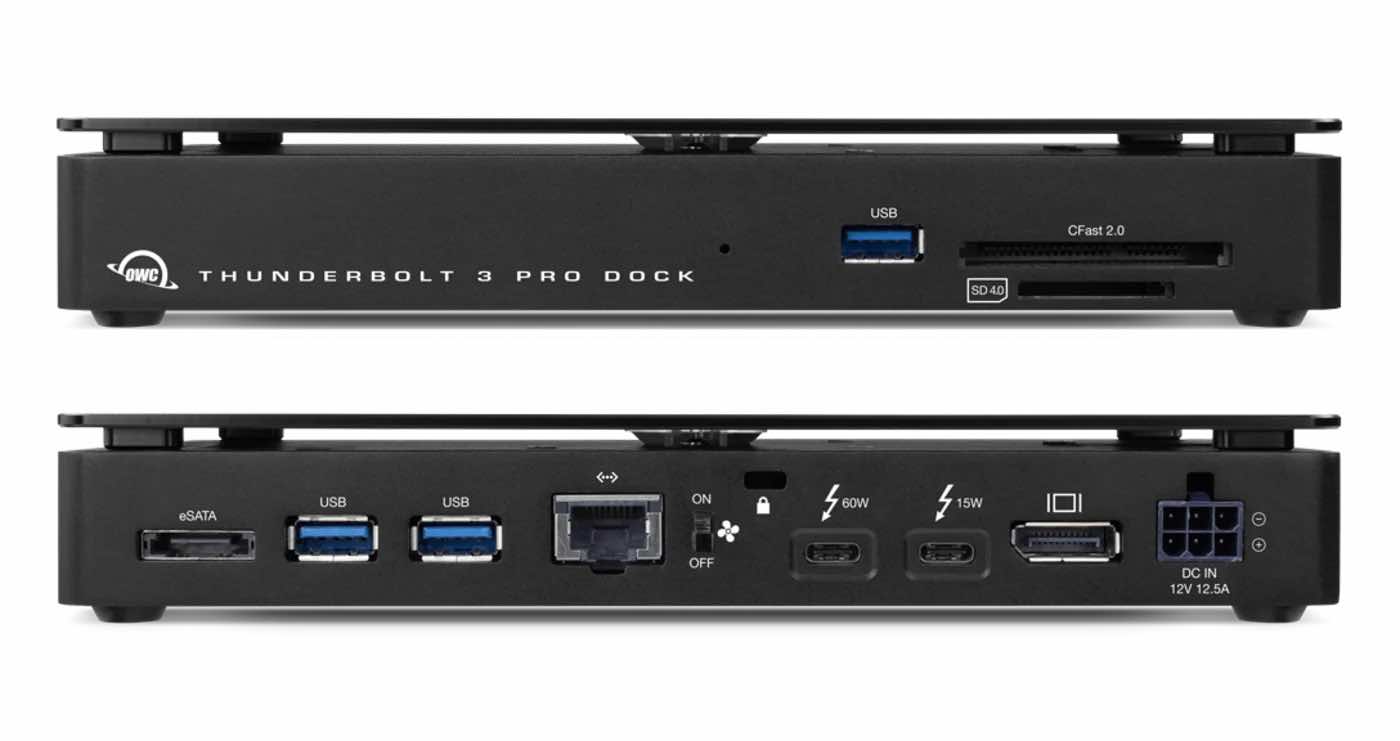- favorite 0 likes
- comment 0 comments

Intel has officially announced the latest generation of the Thunderbolt™ port, Thunderbolt™ version 5. This is an update to the industry-leading port that will, among other things, double its throughput.
The most powerful port is about to become even better.
Intel is in the process of developing the latest version of its Thunderbolt™ interface standard, Thunderbolt™ 5. The company announced that Thunderbolt™ 5 will be released next year, 2024.
Built around the universal USB-C connector, Thunderbolt™ is the most versatile data port available, combining reliable data transfer speeds, incredible support for multiple high-resolution displays, charging and daisy-chaining. All this in one USB-C port.
Thanks to this power and versatility, Thunderbolt™ has become the port of choice for professionals, whether they work at their desk or on the go.
In addition to fast data transfers and support for high-resolution displays, Thunderbolt™ also provides peace of mind... unlike USB-C.
While many USB-C products are only compatible with the connector type and do not provide standards such as transfer, Thunderbolt™ is the standard. Any hardware™ – drive, dock, cable or host device – must meet Intel's stringent certification requirements to be sold as a Thunderbolt product. They ensure that any product bearing the Thunderbolt™ name meets the performance specifications for a given generation of Thunderbolt™.
This means that when you purchase a Thunderbolt™ product, you know it will meet your specific requirements and operate with a high degree of reliability and performance.
No one knows this better than companies producing equipment with the Thunderbolt™ logo, including OWC. It is an expert in Thunderbolt™, offering more Thunderbolt™ products than any other manufacturer. As you might expect, they have already started working on implementing Thunderbolt™ 5 in new products. We're so excited about the possibilities of this new technology that we wanted to share some information with you about it.





Comments (0)